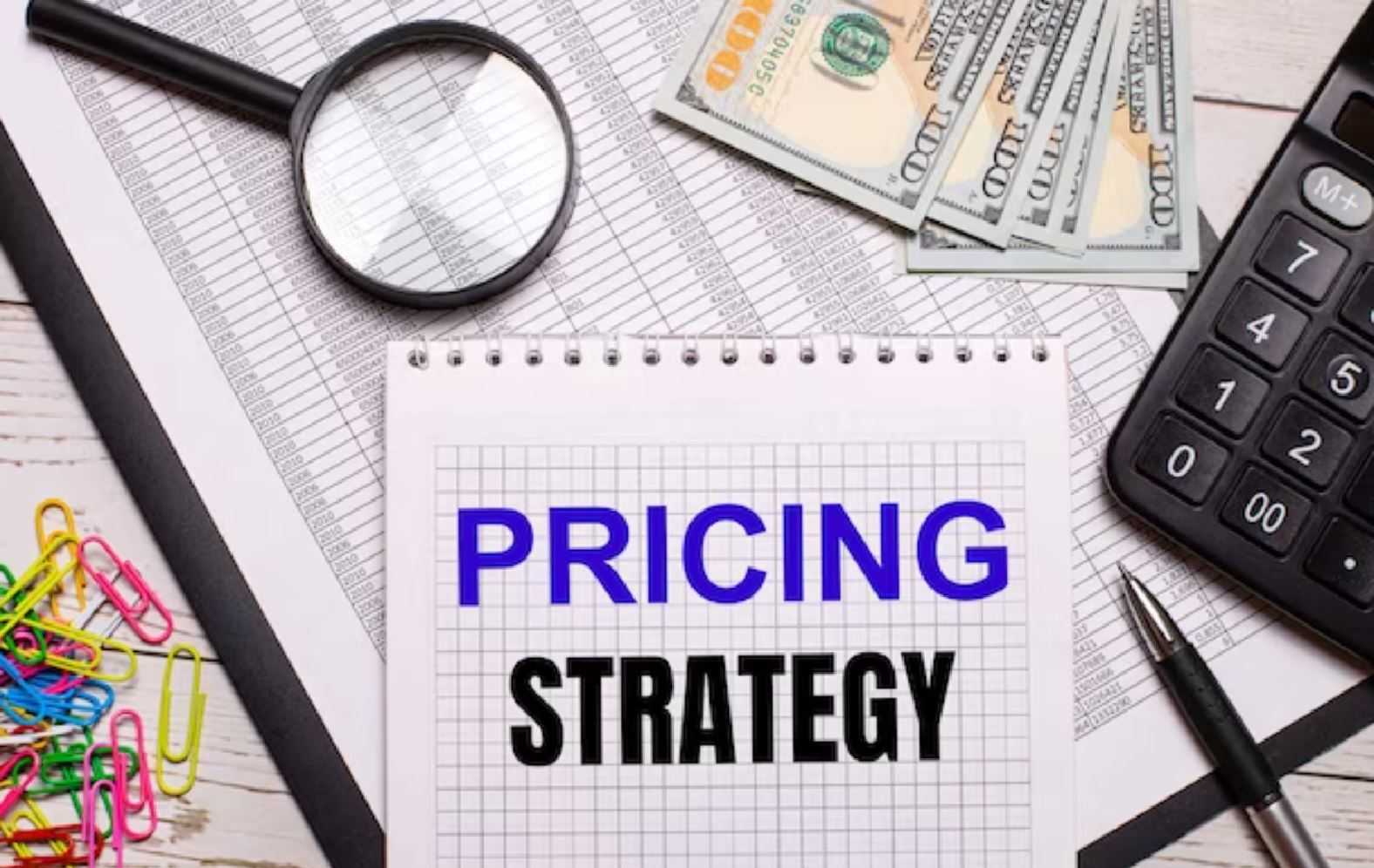As a product manager, your role extends beyond simply creating great products. A crucial aspect of your responsibility lies in determining the right pricing strategy and revenue model for your offerings. A product management course can help you get these elements right, greatly impacting your product’s success and profitability in the competitive landscape. In this blog, we’ll explore various pricing strategies and revenue models, equipping you with the knowledge to make informed decisions that delight your customers and stakeholders.
Understanding Pricing Strategies
Cost-Based Pricing:
- Determining product costs: Analyze direct and indirect costs involved in manufacturing, distribution, marketing, and support.
- Markup and profit margins: Set a desired profit margin percentage based on cost and industry standards.
- Pros: Simple to calculate and understand, ensures profit.
- Cons: Ignores customer preferences and competitor pricing.
Market-Oriented Pricing:
- Customer value analysis: Identify the perceived value of your product in the eyes of your target customers.
- Competitive pricing: Research competitors’ pricing strategies to position your product effectively.
- Pros: Reflects market demand and considers customer preferences.
- Cons: Requires market research and continuous monitoring of competitors.
Value-Based Pricing:
- Customer value assessment: Understand the specific benefits and value your product brings to customers.
- Pricing tiers: Create differentiated pricing tiers based on customer segments and willingness to pay.
- Pros: Aligns price with customer perception of value, and maximizes revenue.
- Cons: Requires deep customer insights and segmentation analysis.
Revenue Models for Product Managers
One-time Purchase:
- Traditional model: Customers make a one-time payment to acquire the product.
- Upselling and cross-selling opportunities: Offer additional features, services, or complementary products to increase revenue.
- Pros: Quick revenue generation, straightforward for customers.
- Cons: Limited revenue stream, may require continuous customer acquisition.
Subscription Model:
- Recurring revenue: Charge customers regularly (monthly, annually) for continued access to your product or service.
- Customer retention: Focus on providing ongoing value to retain subscribers.
- Pros: Predictable revenue fosters customer loyalty.
- Cons: Initial lower revenue, potential churn if the value decreases.
Freemium Model:
- Combination of free and premium offerings: Offer a basic version of your product for free, with the option to upgrade to a premium version.
- Conversion tactics: Showcase the value and benefits of the premium features to entice users to upgrade.
- Pros: Wide user adoption, the potential for higher conversion rates.
- Cons: Monetization challenges requires continuous feature differentiation.
Licensing and Royalties:
- Licensing agreements: Grant other companies the rights to use your product in exchange for licensing fees or royalties.
- Partnerships and collaborations: Collaborate with other businesses to extend your product’s reach and monetize through royalties.
- Pros: Additional revenue streams, leverage partner expertise.
- Cons: Complex legal agreements, potential loss of control.
Conclusion
As a product manager, your pricing strategy and revenue model choices can significantly impact your product’s success and profitability. You can align your pricing with customer expectations and market dynamics by considering the various pricing strategies, such as cost-based, market-oriented, and value-based pricing. Additionally, exploring revenue models like one-time purchases, subscriptions, freemium, and licensing options allows you to diversify your revenue streams and cater to different customer segments.
Remember, pricing strategies and revenue models are not set in stone. Regularly monitor and adapt your approach based on market changes, customer feedback, and competitive insights. By staying agile and customer-centric, you can optimize your pricing and revenue strategies to drive long-term success in the ever-evolving marketplace.
Now armed with a deeper understanding of these critical aspects, go forth and shape your pricing strategies and revenue models to unlock your product’s true potential. Good luck!
